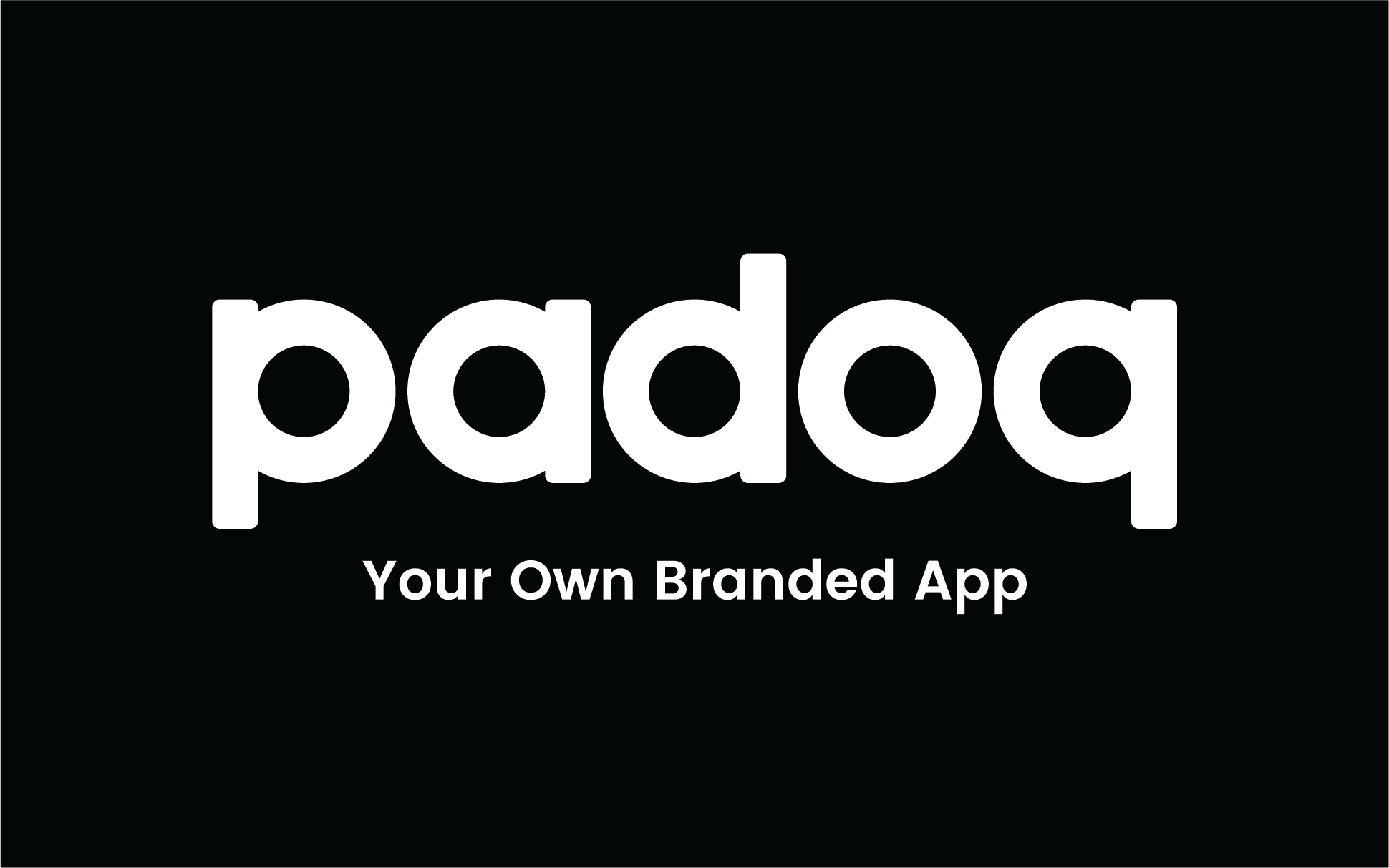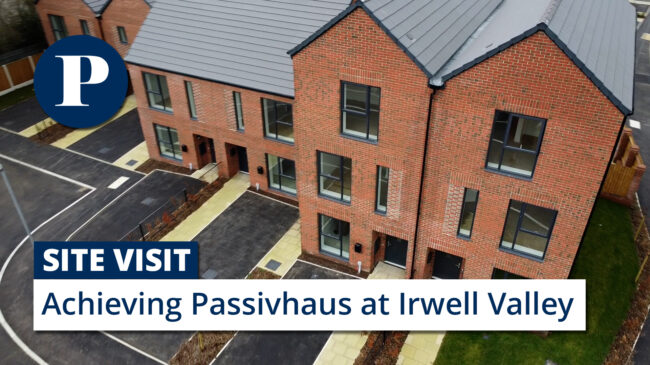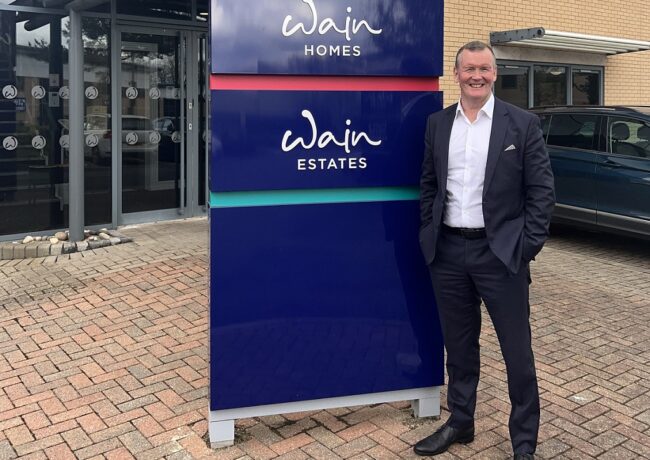Commentary
COMMENT | Build-to-rent: what difference does an app make?
 With the growth of community-driven residential living we’ve seen in the UK over the past five years, property companies’ methods of engaging with their tenants has also changed drastically, writes Mike Anderson of Padoq.
With the growth of community-driven residential living we’ve seen in the UK over the past five years, property companies’ methods of engaging with their tenants has also changed drastically, writes Mike Anderson of Padoq.
Most build-to-rent sites in the UK have concierges in place who provide a friendly face when collecting a package or reporting a problem, while also running a number of community events for their tenants. This sense of community has been one of the leading drivers in the rapid uptake of BTR sites across the country.
Underpinning all these engagements is technology, and we’ve seen a number of advances in this space that enhance the tenant experience. With Covid-19 considerably affecting the ability for face-to-face interaction at many sites, mobile apps have led the change as the go-to tool for property companies to engage with their tenants. We’ve outlined some of the core business use cases that we are seeing for tenant engagement apps:
Direct broadcast communication channel
Mobile notifications see a far higher open rate compared to email or an intrusive phone call, and this has been one of the primary drivers for the adoption of mobile apps. Being able to send out a quick message to all residents about an issue in the building has helped to improve the resident experience. ‘Opens’ can be tracked, giving property companies a clear overview of who has and hasn’t been communicated to.
Online events
As Covid-19 has forced the closure of many communal exercise and socialising areas, property companies have been driven towards replicating engaging activities for residents online. Through integrations into online video calling platforms, many resident-focused apps can now run online virtual exercise classes and quizzes with residents, promoting wellbeing and giving many residents something to look forward to during lockdown. As social restrictions are eased, offline events will be key to bringing many communities back to life.
Issue reporting / parcel management
With many concierges now unable to engage directly with residents behind the front desk due to social distancing restrictions, using an app to report issues in the apartment or track the arrival of a package has helped to greatly reduce physical touch points. Giving residents the opportunity to truly self-serve their engagements with the property company drives both a positive relationship with the tenant and increased internal efficiencies.
Direct marketing channel
Having a catchment of residents can be an incredibly powerful marketing tool for all property organisations. This can be used to drive adoption of follow-on products, ie moving to a new-build home within the portfolio after renting or sending partners’ offers to residents, which in turn improve their living experience and perception of the company.

Amenities
With many BTR sites now having bookable amenities such as sports and exercise facilities and entertainment options, the ability for the tenant to book these directly through an app is essential to the modern-day renter. For residents living fast-paced busy lives, having direct access to amenity availability and booking improves both the tenant experience and uptake of the facilities – maximising revenue for the property company.
Engagement between users
At the heart of many property apps is the ability for residents to engage with each other, whether it be offering services (such as hairdressers or beauticians), using it as a marketplace or simply sharing information and socialising. Providing an online tool for your residents to engage allows you to stay in control of the conversation, keep track of feedback and take preventative action where required against any potential issues. Feeling part of a community can also help improve resident mental wellbeing and increase a real sense of community. A great example of this is the use of resident apps to help isolated residents get shopping delivered to their door during the pandemic.
Communities
As an extension of engagement between users, another key feature of resident apps is the ability to build communities with a purpose. This could be a resident running club, a book club or even pooling together dog owners to create a dog-walking club. Engagement between residents is at the heart of building out a good sense of community across buildings.
There is no doubt that as we move more towards a self-serve society and see the social restrictions around Covid-19 eased, the tenant mobile app will continue to sit at the heart of successful property companies across the UK, providing a community that tenants never want to leave.
 Mike Anderson is the founder and CEO of Padoq, a mobile app development platform. Padoq has an out-of-the–box property solution that is used by Vita Student, Urbanbubble and Warwick Estates to drive tenant engagement and utility. Find out more about Padoq
Mike Anderson is the founder and CEO of Padoq, a mobile app development platform. Padoq has an out-of-the–box property solution that is used by Vita Student, Urbanbubble and Warwick Estates to drive tenant engagement and utility. Find out more about Padoq




